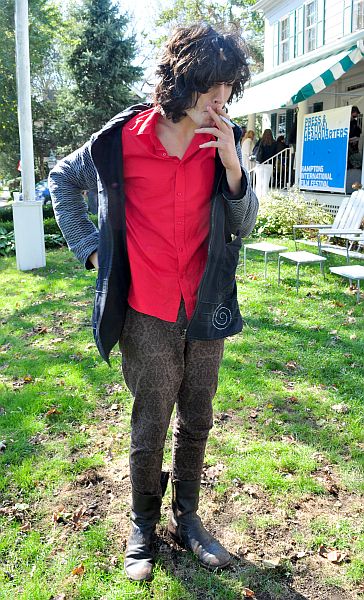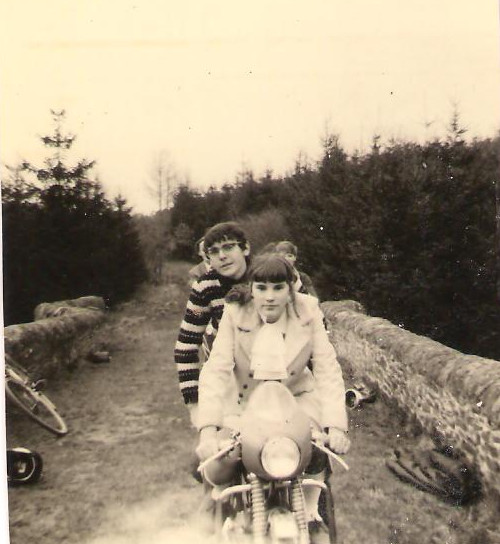King Charles III Commemorates Air India Crash Victims at Trooping the Colour

In a solemn observance that intertwines royal tradition with tragic remembrance, King Charles III marked his official birthday at the annual Trooping the Colour ceremony in London on June 3, 2024. This year’s event was particularly poignant, as the King requested that members of the Royal Family don black armbands in memory of the victims of the recent Air India plane crash, which resulted in the loss of 241 lives. The ceremony, a longstanding military tradition that celebrates the sovereign's official birthday, saw thousands of spectators lining the streets of central London, eager to partake in the pageantry.
Trooping the Colour has been an integral part of British royal celebrations for over 260 years, with this year’s parade featuring the Number 7 Company Coldstream Guards. According to Buckingham Palace, the King also requested a minute of silence post-parade to honor the victims and their families, emphasizing the impact of this tragedy on communities both in India and the UK. “The lives lost, the families in mourning, and all the communities affected by this awful tragedy,” were central to the King’s remarks, reflecting a deep sense of empathy and national solidarity.
As the parade commenced at 10:30 BST, crowds gathered along The Mall, with many adorned in festive attire, including floral dresses and suits. The atmosphere, however, was tempered by the recent events, as flags at royal residences flew at half-mast. Royal correspondent Sean Coughlan noted that despite the celebratory nature of the event, “this year’s Trooping the Colour feels markedly different,” referencing the somber context of the crash.
The Royal Family’s participation included not only the King but also other senior royals, some of whom wore military uniforms alongside coachmen in the parade. The decision to wear black armbands was a visual representation of collective mourning and respect. Dr. Sarah Johnson, a historian at the University of London specializing in royal events, commented, “This year’s Trooping the Colour serves as a reminder of the monarchy's role in national mourning and unity.”
Catherine, Princess of Wales, made her first public appearance since her successful treatment for cancer at last year’s ceremony, bringing a sense of resilience to the occasion. Her participation was notably less scrutinized this year, allowing the focus to shift toward the King and the ongoing remembrance of the Air India tragedy. Catherine’s presence alongside the King in a carriage was a symbol of continuity and strength within the royal family.
The significance of Trooping the Colour extends beyond mere celebration; it encapsulates the monarchy's relationship with the public and its ability to respond to national tragedies. As King Charles III continues his recovery from cancer treatments, his participation in the event signifies a commitment to his royal duties and a dedication to the public.
Looking ahead, the British royal family faces a challenging landscape laden with public scrutiny and expectations. The integration of personal health struggles and national tragedies into royal ceremonies may redefine the public's perception of the monarchy. In the wake of the Air India crash, the royal family's act of wearing black armbands could lead to a broader dialogue about the role of tradition in contemporary society.
As the Trooping the Colour ceremony concluded with a spectacular RAF flyover, it underscored the duality of celebration and sorrow that characterized this year’s event, marking a poignant chapter in the British monarchy. The future of such traditions may continue to evolve as societal values shift, prompting the royal family to navigate its historical legacy amidst modern challenges.
Advertisement
Tags
Advertisement





